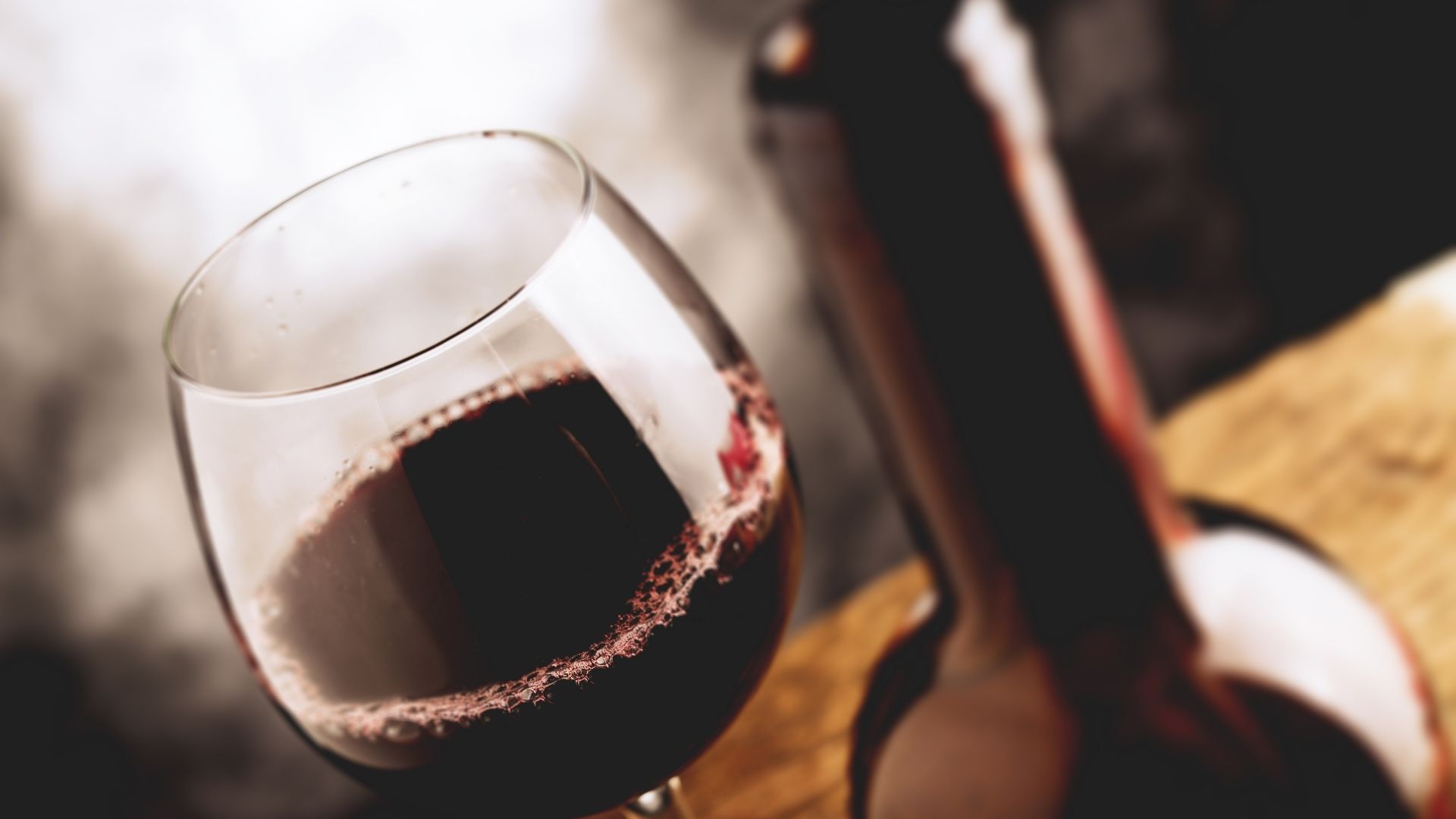It is not the case of if the fine wine industry will
be affected by the current coronavirus pandemic and the ensuing financial
fallout, but rather how and when. Economists are predicting at least a global
recession, with its length and severity yet to be determined. This will affect
the fine wine market as it will affect all markets, with a number of particular
considerations specific to fine wine investment itself that also must be taken
into consideration. For example, the cancellation of many of the en primeur
tastings due to safety concerns and the lack of international investors able to
travel to sample and buy 2020 vintages. As the year has progressed, a clearer
picture of the state of the market is beginning to emerge, so let’s take a look
at some of the reports coming out of different regions and briefly analyse what
this might mean going forward.
Firstly, the market continues to broaden. With 2nd
quarter reports out from leading wine exchange Liv-Ex showing that the number
of unique wines traded on the secondary market in the first have of 2020 was
37% higher than the same period during 2019. The share commanded by Bordeaux,
historically accounting for up to 80% of all secondary sales, is now down to
just 34%. A major contributing factor to this is wine originating from Italy,
Spain, and the Rhone Valley all experiencing an exponential growth in secondary
sales in 2020, averaging around a 140% increase.
It is not all bad news for Bordeaux, however. The Bordeaux
500 index, which tracks the sales performances of the last 10 wines taken from
the top 50 Bordeaux labels, shows an annual decline of just 0.05% over the
year-to-date. In March the index was in decline by several whole percent but is
has bounced back and recovered by 2.2% as of July 2020. Of the best performing
vintages, the Chateau Smith Haut-Lafitte comes out on top and is up 3.4%, with
Chateau Rieussec a close second at 2.3%.
Elsewhere, other regions continue to see steady growth
in-line with the broadening secondary market. Italian wine is the stand-out
winner here; over the past decade their market share has increased a staggering
1500%. Its rise in popularity has no-doubt contributed to this new level of
growth, as Liv-Ex reports the value of Italian wine traded on their exchange
between January and August 2020 has already surpassed the entirety of 2019,
with the total volume not far behind. The calculated compound annual rate of
growth over the last decade for Italian wine in the secondary market is 9%. A
major contributor to the success of Italian wine during the pandemic period is
the immunity to the US trade tariffs which hit both the Bordeaux and Burgundy
wines from France.
Rosé and
Champagne have also been stand-out performers for 2020 thus far. Several major
retailers, such as Corney & Barrow and Justerini & Brooks, have
reported massively increased sales in these types of wine over the past six
months. While the demand for all wine seems to have increased during the
lockdown period, this wines in particular are coming close to selling out from
many major providers. With customers having more time available to them, it
seems that many are using the time to experiment with drinking wines and
investment opportunities. Similarly, merchants are making use of their time to
increase the volume of sales pitches being delivered remotely to offer wines to
potential buyers. The gambit appears to have paid off, with some champagne
vintages over-selling on their first offerings, forcing merchants to restock
quickly to meet demand.
A
representative from UKV
International said, “prospects look good
for the fine wine market, and its reputation as a recession-proof asset seems
to be remaining in-tact so far. The market continues to broaden, with steady
growth from numerous regions represented in the secondary market, and
short-term demand for a number of wines seems to have increased dramatically
during the lockdown period. It may indeed be a great time to consider further
investment into these markets as the inevitable COVID-19 recession begins to
take hold”
Of the best
performing wines this year, Champagne, Tuscany, and Rhone all dominate the top ten.
Wines from these regions account for eight of those top ten places, with growth
between 8-14%. The best performing wine is the Burgundy Domaine de la
Romanee-Conti, 2007 La Tache with a six-month performance of 15% between
January 1st and June 30th, 2020.



 Bitcoin
Bitcoin  Ethereum
Ethereum  Tether
Tether  XRP
XRP  Solana
Solana  USDC
USDC  TRON
TRON  Cardano
Cardano  Lido Staked Ether
Lido Staked Ether  Avalanche
Avalanche  Toncoin
Toncoin